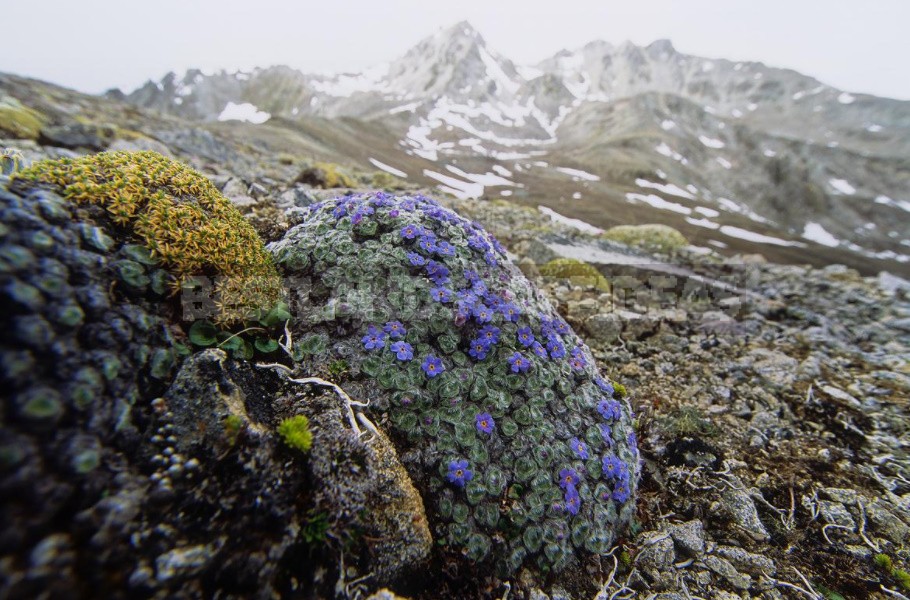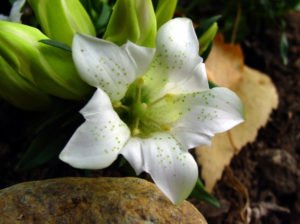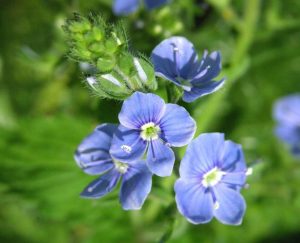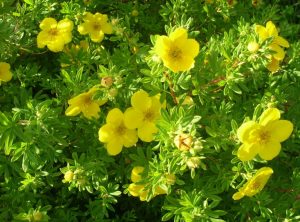The Tibetan plateau is an inaccessible corner of the planet, known for its unique geographical features, a huge area of high-altitude desert and fantastic nature, teeming with a variety of plant life.
I was lucky enough to visit the North-Eastern, “Chinese” part of Tibet, in the Yunnan province, which is well known to botanists and collectors of rare plants. Here, at an altitude of 5 kilometers above sea level, thousands of species are concentrated-from tropical palms to “polar explorers” growing at the edge of the snow. This richness of species is due to the terrain: in this place, in the very East of the Himalayas, several mountain systems converge, cut by the waters of the great rivers that carry their waters to Indochina-Yangtze, Mekong, Salween (Nag Chu).
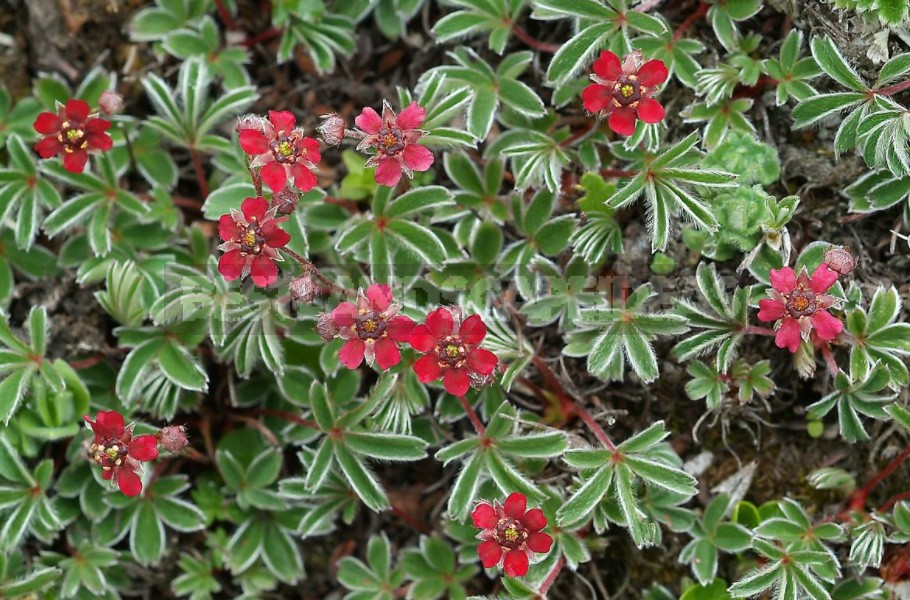
This area is called Yunnan three rivers. The roughness of the mountains reaches its apogee-height differences of up to three kilometers, and travelers have the opportunity to move in a short time from the depths of humid subtropical gorges to snow-covered highlands with sharp winds and unpredictable weather. These are the conditions we were interested in: only plants that can adapt to the weather “extreme”were able to survive in this climate.
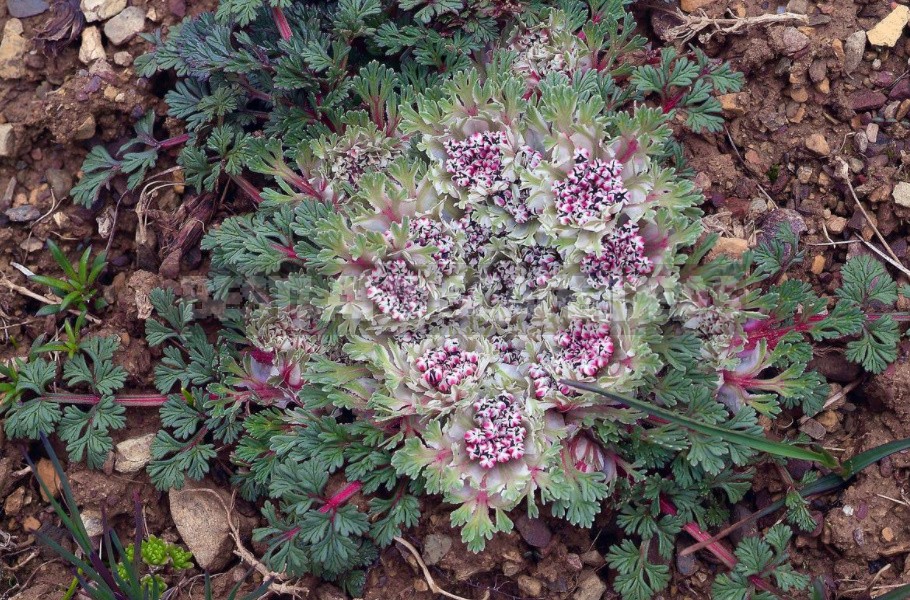
As it turned out, the world of such plants is extremely rich, they are fabulously beautiful and unusual, many had such an unexpected appearance that they seemed to be aliens from other planets. Judge for yourself: summer in the Tibetan highlands is characterized by sharp daily temperature fluctuations. In the evening, the blocks of rock heated during the day are covered with moisture falling from low clouds, and at night there are often frosts that turn this moisture into a hard ice shell. At the same time, the strongest biting winds are common in Tibet.

Plants are fiercely inventive to resist temperature changes and cold weather. Many have learned to build up hairs on the leaves, covering them like a fur coat. For example, a fantastic plant-Saussurea medusa. Neat rosettes of Saussurea, densely covered with down, are found on absolutely bare stone scree, the underground part-the root-can wander more than a meter in stony mazes before reaching the fertile layer. At the end of summer, the rosettes bloom and stretch, turning into a fluffy column of small flowers — an enchanting sight!
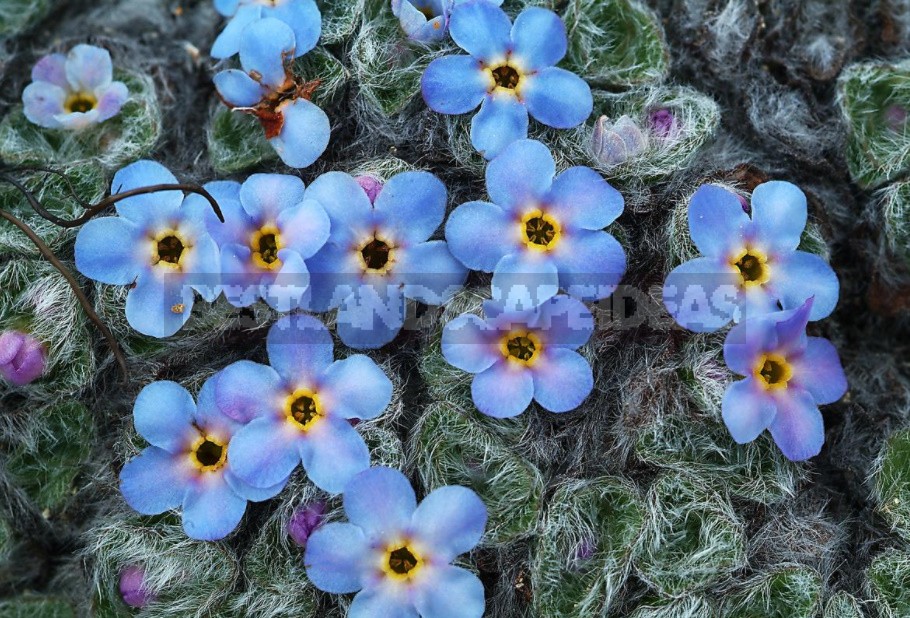
Another amazing “Tibetan” is Chionocharis hookeri. Imagine the pale blue flowers of Myosotis, “glued” to soft bumps made up of small, rolled pubescent leaves. This is what this rare plant looks like. Find Eritrichium in nature — a great success, because it is found in a very narrow interval of altitudes. Many rock climbers tried to grow Erythrichium in captivity, but all failed — to create such unusual conditions for it in culture is not possible.
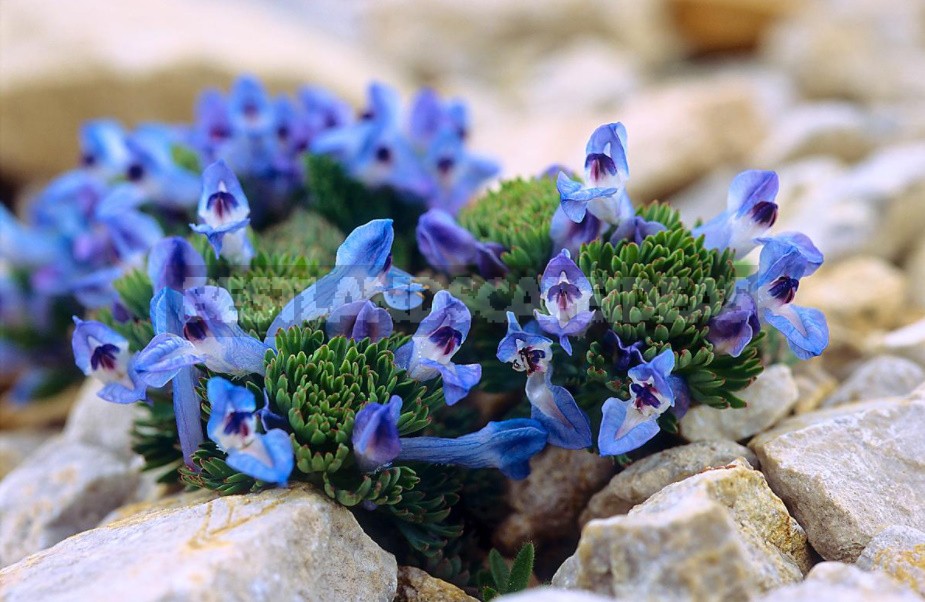
Well-known to gardeners forest flowers-Soridalys, as it turned out, well adapted to life at high altitude. High-altitude Сoridalys sp. they impress with their appearance — the blue color of the flowers is combined with compactness and, most importantly, with the shape of the leaves, folded in a small corrugation.
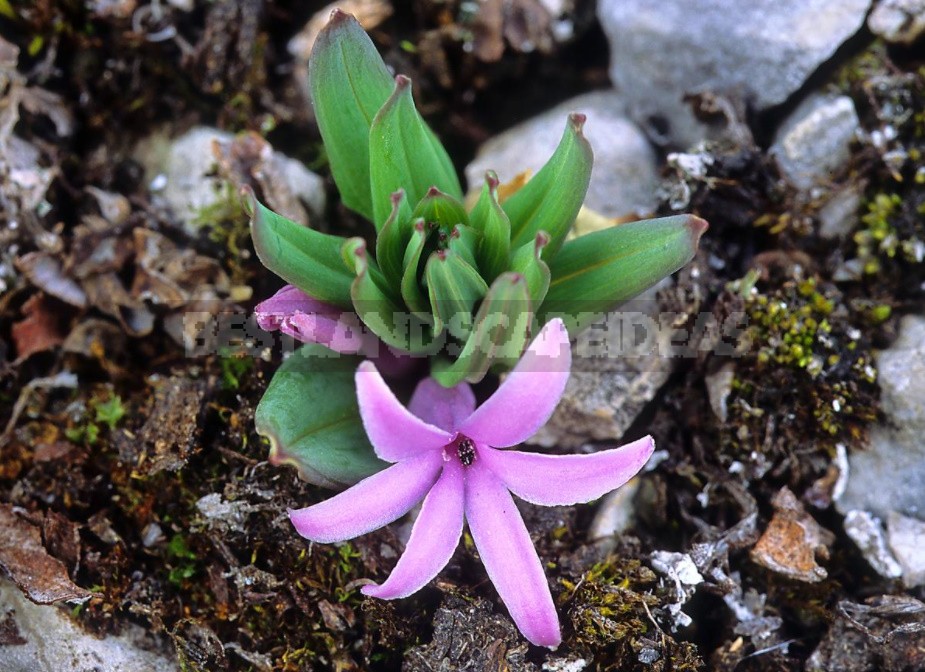
It is difficult to recognize Polygonatum, which is not at all like our elegant forest relative. But Chrysosplenium nepalense is easy to recognize by the characteristic yellow-green color of the flower.
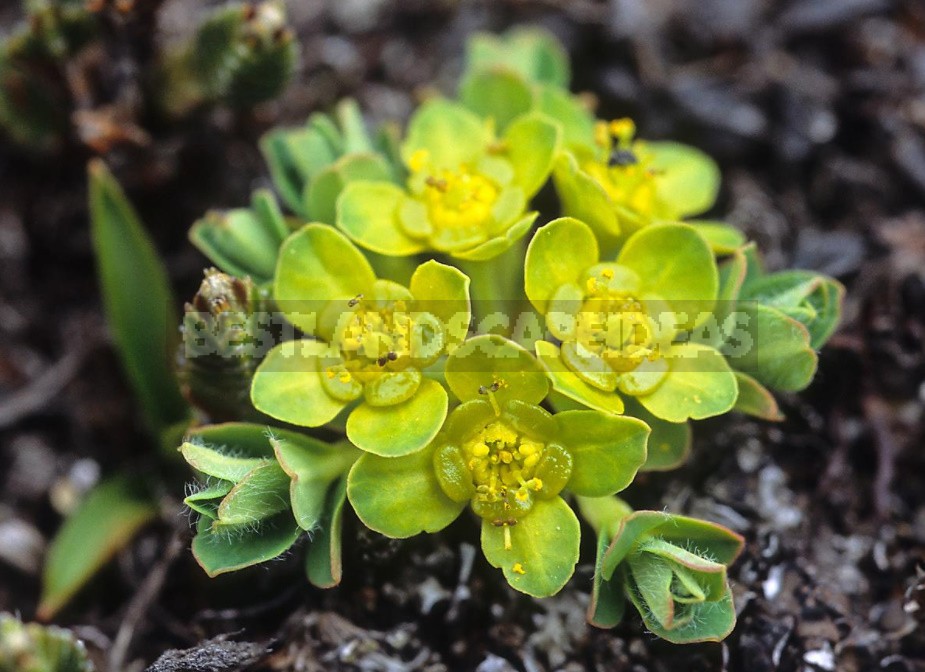
This miniature Tibetan species grows at an altitude of 4000 meters, hiding from the wind in crevices of rocks. At the same heights, perhaps the greatest revelation was the encounter with the little Lilium lophophorum.
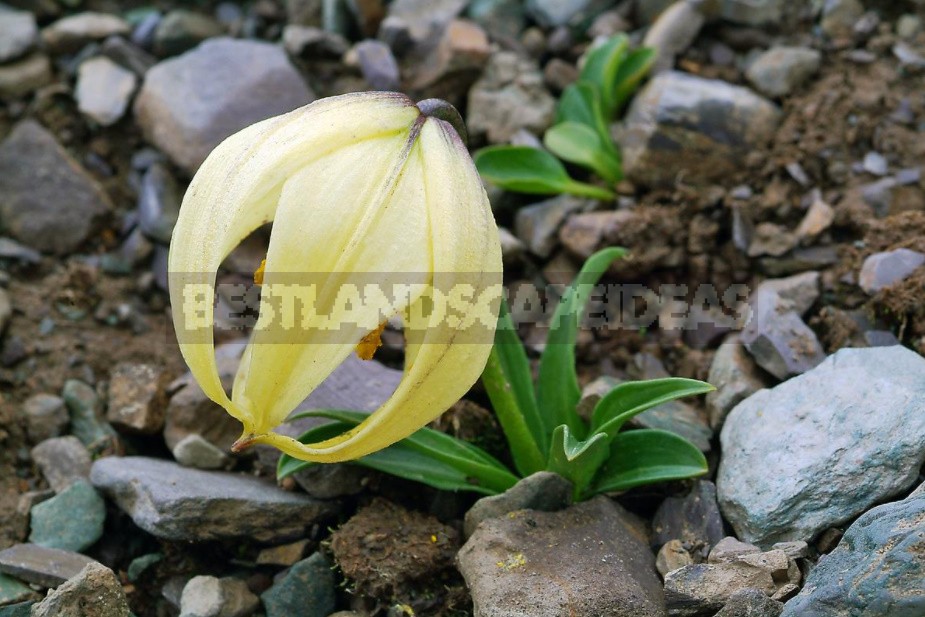
The height of the flower stalk of this Lily barely exceeded five centimeters, and the huge yellow flowers have the tips of the petals gathered in a knot — after what they saw, it became clear where the Chinese spied the image of traditional “Chinese lanterns”.
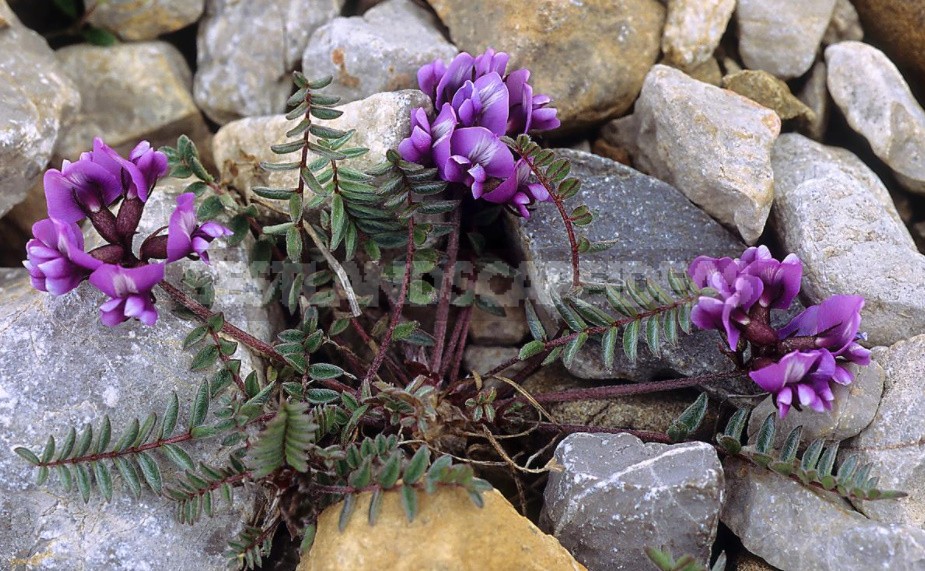
Colorful carpets of Alpine vegetation are amazing: like confetti, flowering plants of the legume family are scattered — Astragalus,
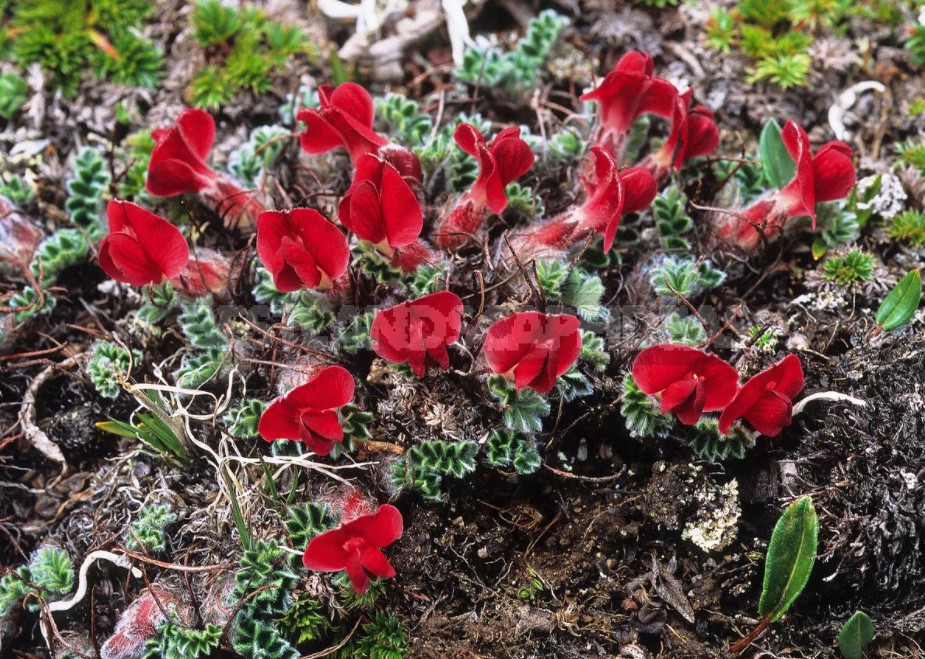
Allium sativum,
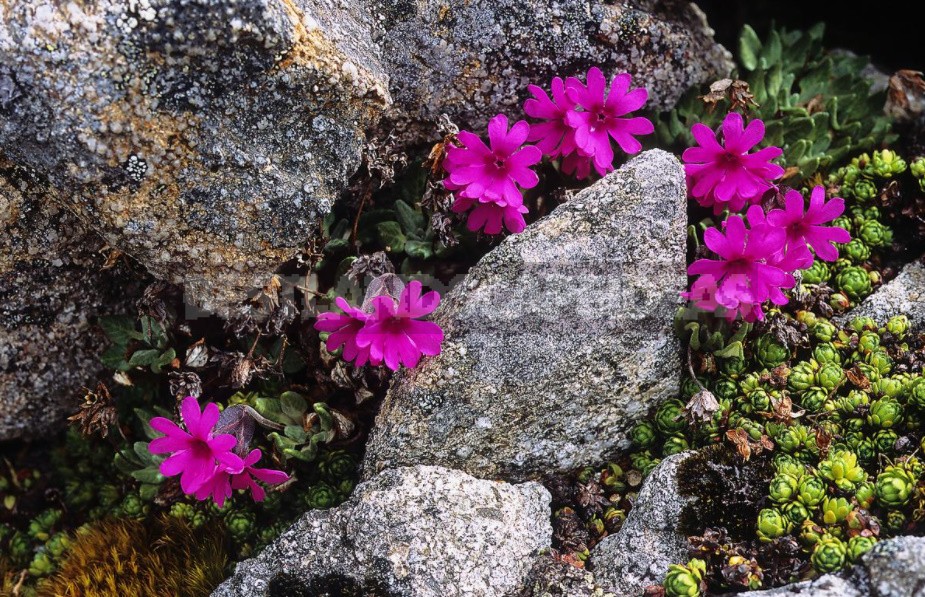
microscopic and bright Primula bella,
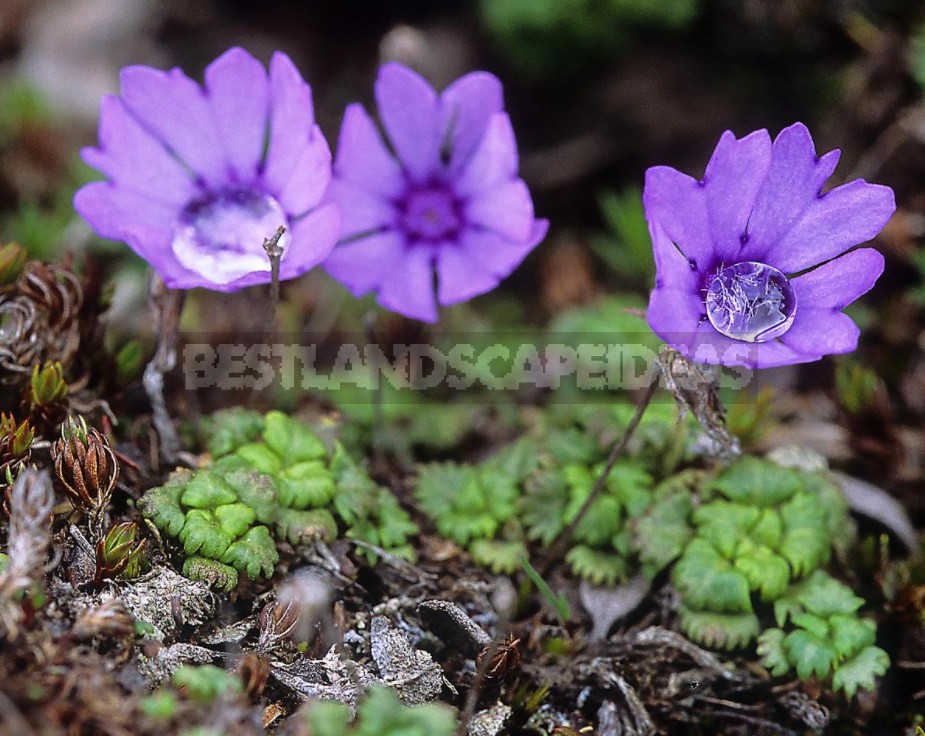
Potentilla saundesiana,
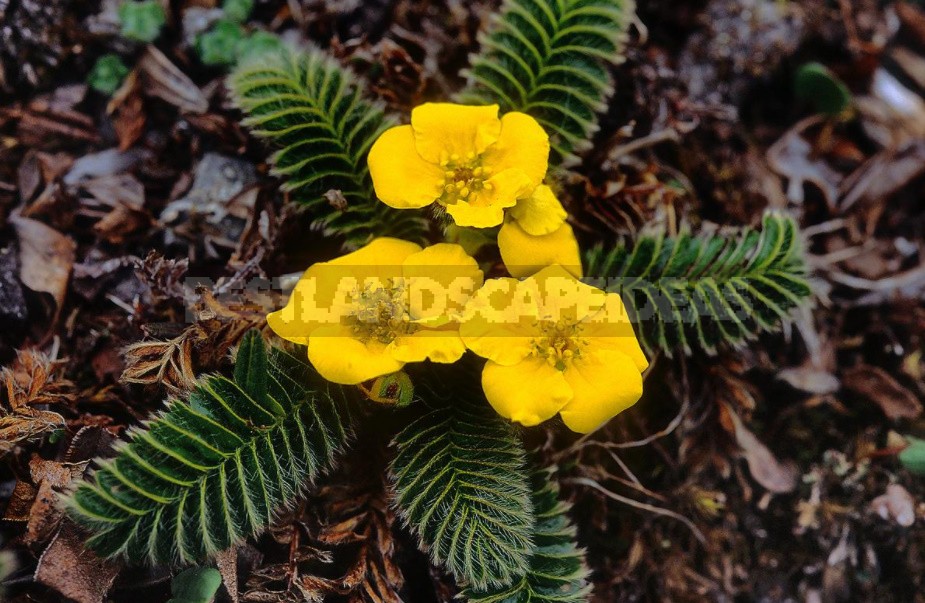
Androsace sp.,
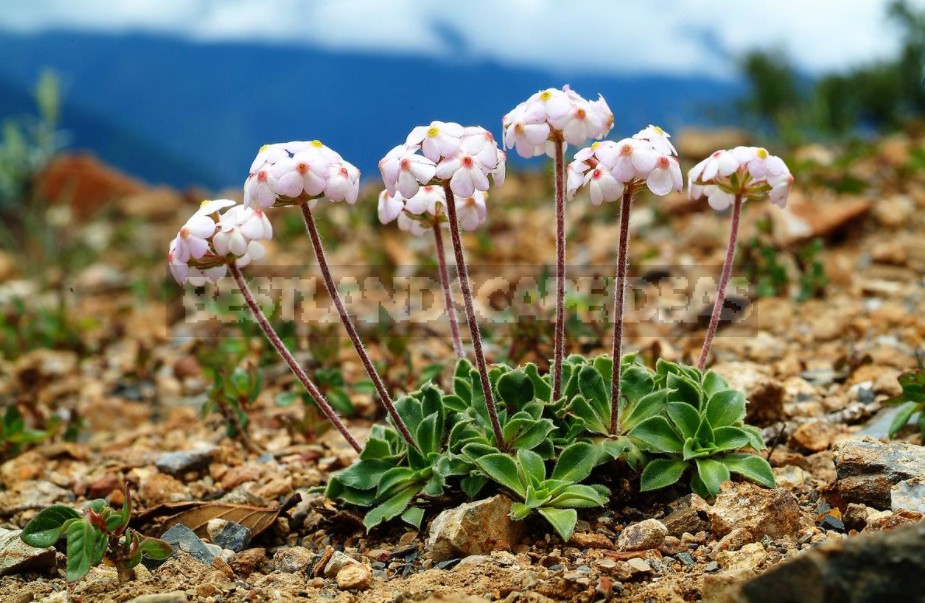
Diapensia himalaica.
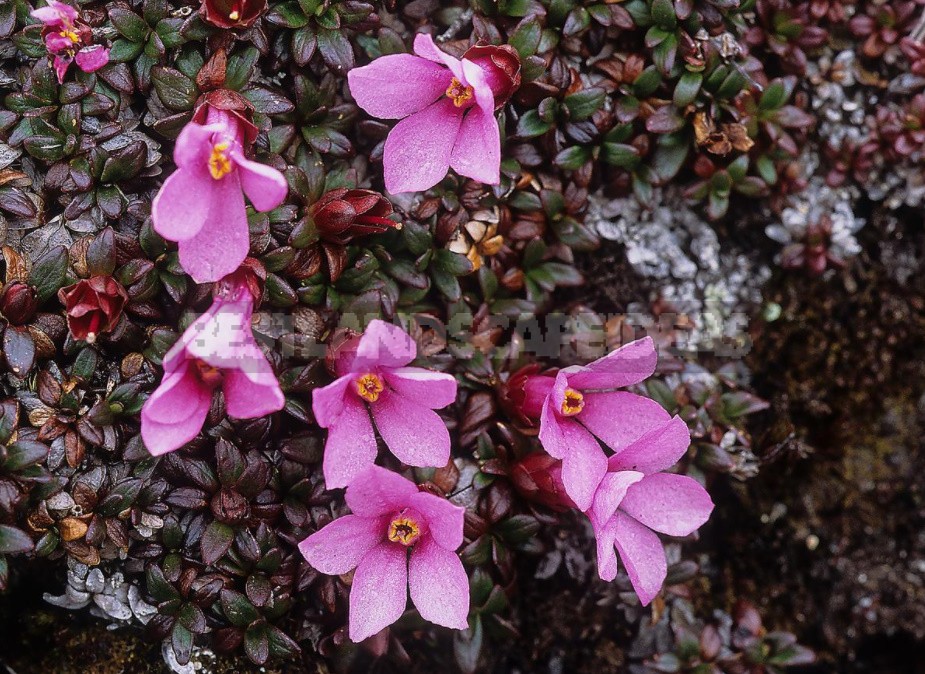
Among the mosses, an insectivorous plant was found — Pinguicula sp..
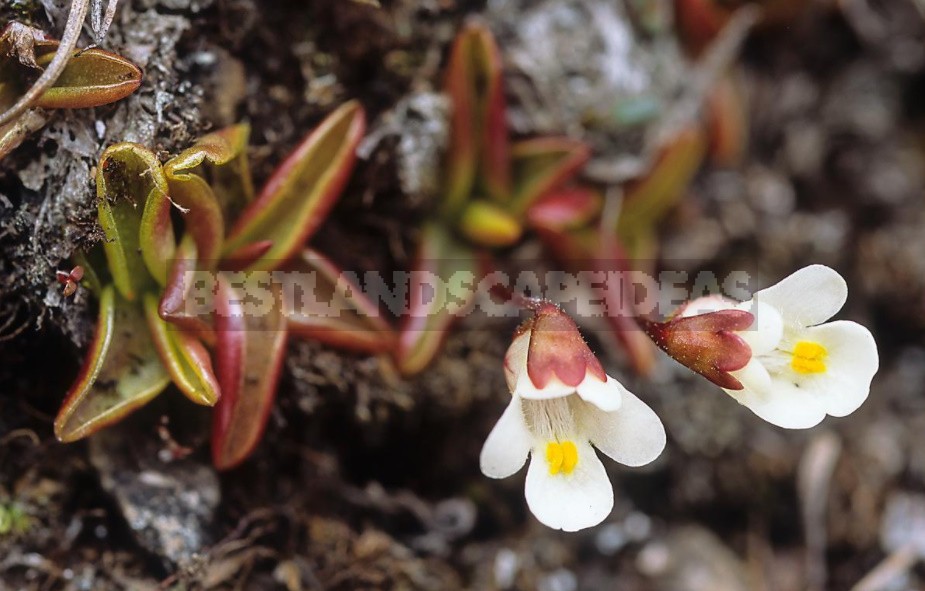
I wonder how much living conditions can change the appearance of a plant.

It is hard to believe that cabbage and these plants are close relatives, and this is exactly the case — they all belong to the Brassicaceae family.
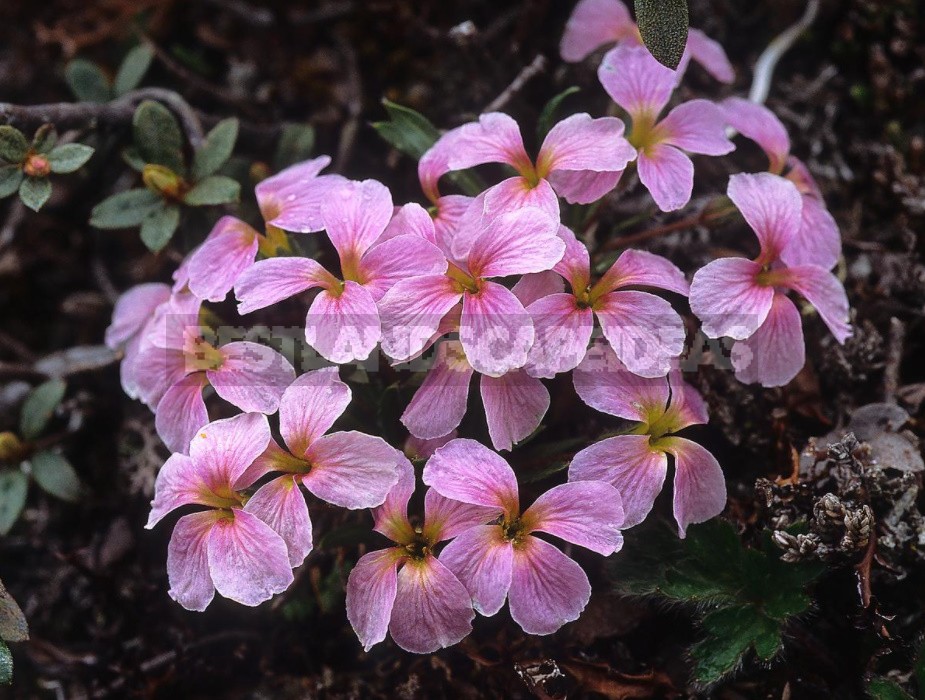
I was able to see the overgrown Cassiope selaginoides from the Ericaceae family — a plant known, but still rare in our gardens.
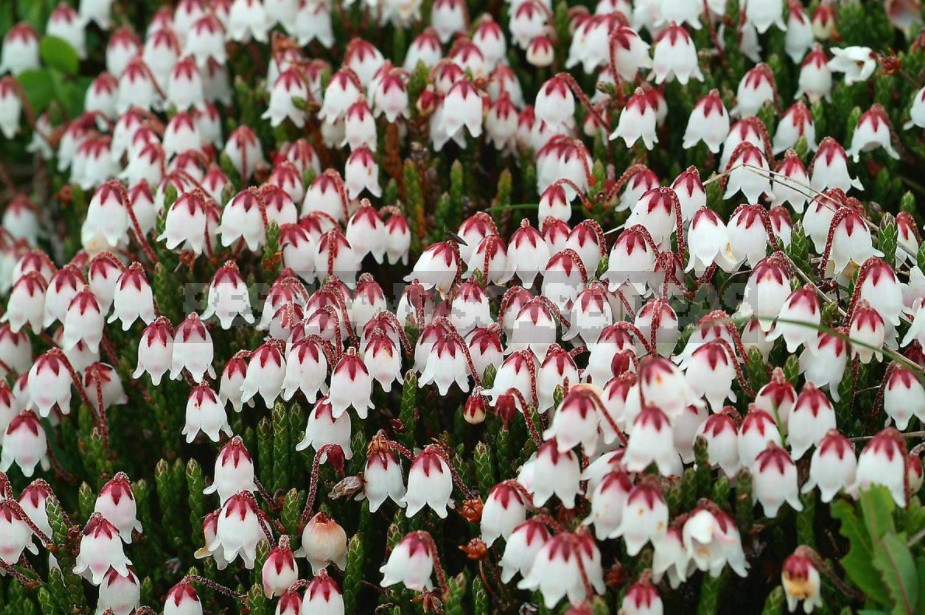
Speaking of Tibetan flowers, it is impossible not to mention Meconopsis horridula — “blue poppies”, deservedly loved by gardeners.
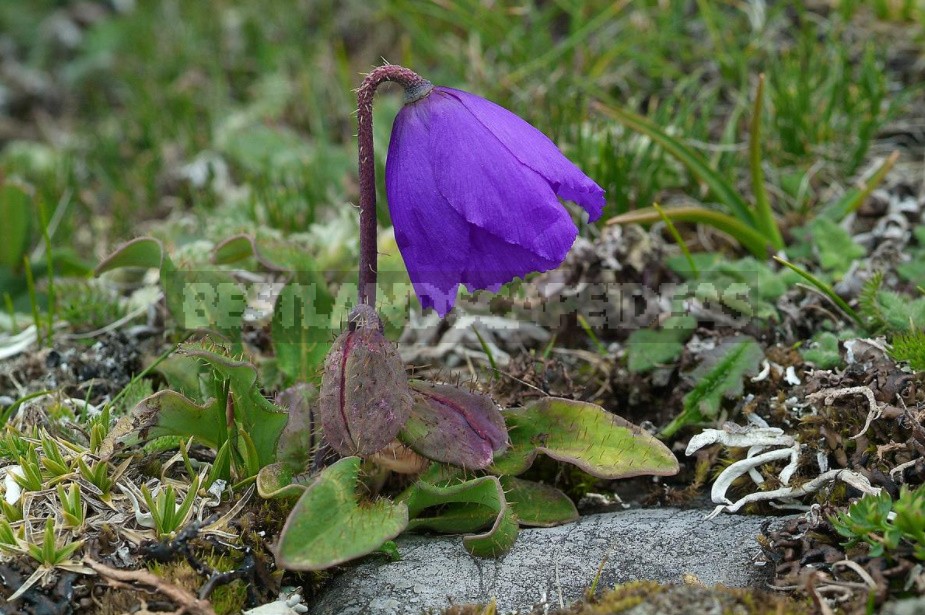
In their homeland, in the mountains, we enjoyed a variety of species-from low plants with luxurious blue flowers (Meconopsis horridula), to huge, reaching one and a half meters in height (Meconopsis integrifolia).

Unfortunately, not all the plants were identified — like the one in the next photo:
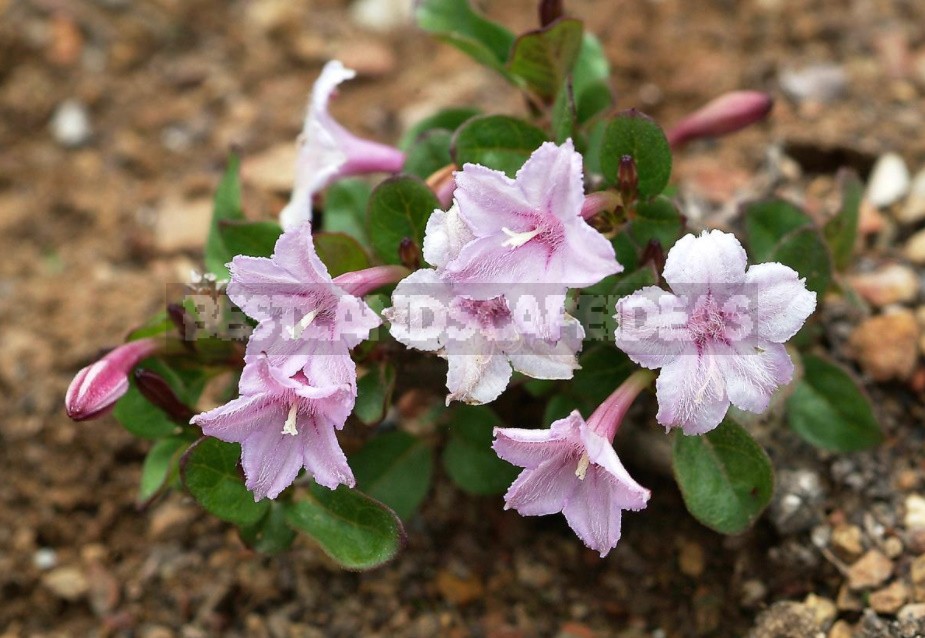
The listed species are only a small part of the distant, mysterious, and infinitely different nature of Tibet.
